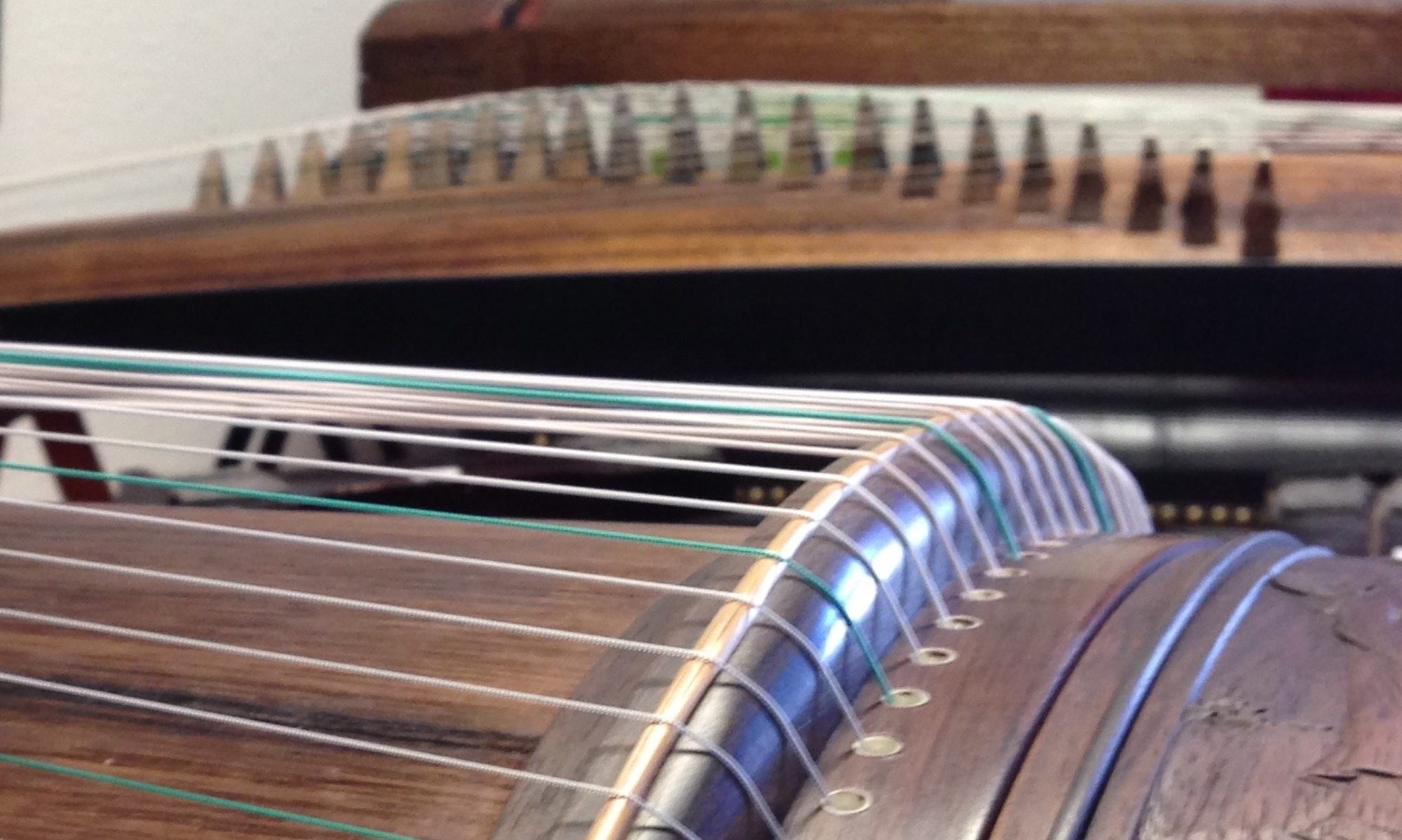If you are thinking about starting to play the Guzheng but are unsure about how to buy a beginners Guzheng – this blog post is for you. We have many Guzhengs specifically for beginners on our site. Although we think these 5 models are very good in particular.
Su Yu Brand – Models “Orchid” and “Seeking Fragrance”
The Su Yu brand is a newer brand based in Henan Province in China. Both of these models are full sized and have idenical sound characteristics- bright, open, firm and balanced sounding. The only difference is the decoration, choose your favorite!
These models were hand picked by our owner Bei Bei at the 2023 Shanghai Music Expo specifically for their value and cost for the beginner.
“Seeking Fragrance”



“Orchid”



Su Yu “Brand”Orchid” and “Seeking Fragrance” Sound Demonstration-
Tang-Xiang “Peaceful Pavillion”
The Tang-Xiang brand is one of the major Guzheng makers in China, they are based out of Henan province.
This full sized model has been a favorite ever since we started carrying it – it has a 5 star review on our site. It produces firm, sweet, mild and balanced sounds. The decoration is a beautiful painted mountain scene with a nearby village.
“Peaceful Pavillion”



Tang-Xiang “Peaceful Pavillion”Sound Demonstration
Langyun is a major Guzheng brand based in Yangzhou, China. This brand has a good reputation for quality and they have an expansive product line.
Stepping up the quality level is this “Singing Crane”.  This is a full sized Guzheng with a beautiful painted moon scenes with cranes flying across. It sounds like a mixture of metallic and sweet, also clear.
This is a full sized Guzheng with a beautiful painted moon scenes with cranes flying across. It sounds like a mixture of metallic and sweet, also clear.


Langyun “Singing Crane” Sound Demonstration
Hai Tang Guo Yue manufactures in Henan, China but some designs like this “Guan Tao” come from Taiwan. This model is beautiful with fabric on the head and tail painted with swirling ocean waves.
This is a travel sized model – it is 53 inches long (135cm) compared to the standard full size Guzheng which is 64 inches (162cm) long. It also has a much thinner body – only 5cm! This is much smaller than most Guzhengs making it light and easy to carry. Its sound is bright and robust, this is a concert level Guzheng.



“Guan Tao” Sound Demonstration
Another great beginners Guzheng from Langyun is this Travel Size model.
This is a great Travel Size option – if space is at a premium. This “Pheonix” model is 51 inches (130 cm) long as compared to the full size of 64 inches (162cm). This model produces sounds warm, sweet, deep, and well resonate.


Langyun “Pheonix” Sound Demonstration
We hope you have enjoyed this blog post. If you have any questions about buying a beginners Guzheng please feel free to reach out to us!








 and pluck from your fist knuckle towards your palm. Remember to keep your palm relaxed and your wrist flat. Start by practicing on one finger, perhaps your middle finger, until you understand the mechanics to add more fingers.
and pluck from your fist knuckle towards your palm. Remember to keep your palm relaxed and your wrist flat. Start by practicing on one finger, perhaps your middle finger, until you understand the mechanics to add more fingers.  Resist the urge to curve your wrist – keep it straight.
Resist the urge to curve your wrist – keep it straight. 



















 The body of the Guzheng is generally made of wood. For the most part Paulownia wood is the traditional choice. The soundbox amplifies the vibrations of the strings, producing sound.
The body of the Guzheng is generally made of wood. For the most part Paulownia wood is the traditional choice. The soundbox amplifies the vibrations of the strings, producing sound. The tuning pegs are located at one end of the Guzheng generally inside a little box at the head. They are used to adjust the tension of the strings, therefore controlling the pitch of each note. Our tuning blog post –
The tuning pegs are located at one end of the Guzheng generally inside a little box at the head. They are used to adjust the tension of the strings, therefore controlling the pitch of each note. Our tuning blog post –  Carvings
Carvings Paintings
Paintings and many more varieties on the head and tail and sometimes on the bridges as well. Some brands have adornments specifically developed by them not found in competitors.
and many more varieties on the head and tail and sometimes on the bridges as well. Some brands have adornments specifically developed by them not found in competitors.  Guzheng picks (fingerpicks) are made of many different materials. Typically synthetic material such as plastic / acrylic or organic material such as cow bone and tortoise shell. They come in various sizes to fit different finger sizes, and different thicknesses to produce different sounds. Select picks that are the right fit for your hand. Experiment with different materials and thicknesses to find a sound you like.
Guzheng picks (fingerpicks) are made of many different materials. Typically synthetic material such as plastic / acrylic or organic material such as cow bone and tortoise shell. They come in various sizes to fit different finger sizes, and different thicknesses to produce different sounds. Select picks that are the right fit for your hand. Experiment with different materials and thicknesses to find a sound you like.






